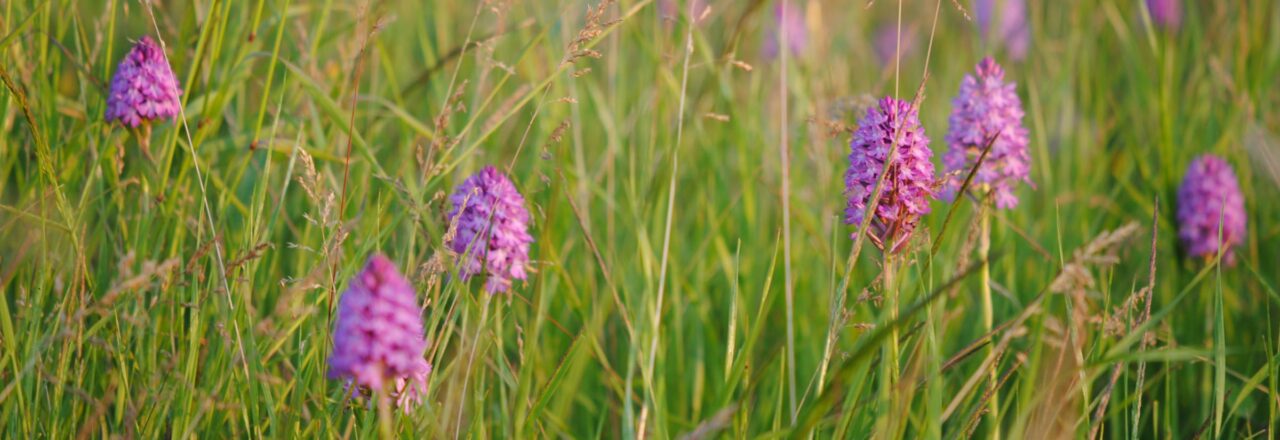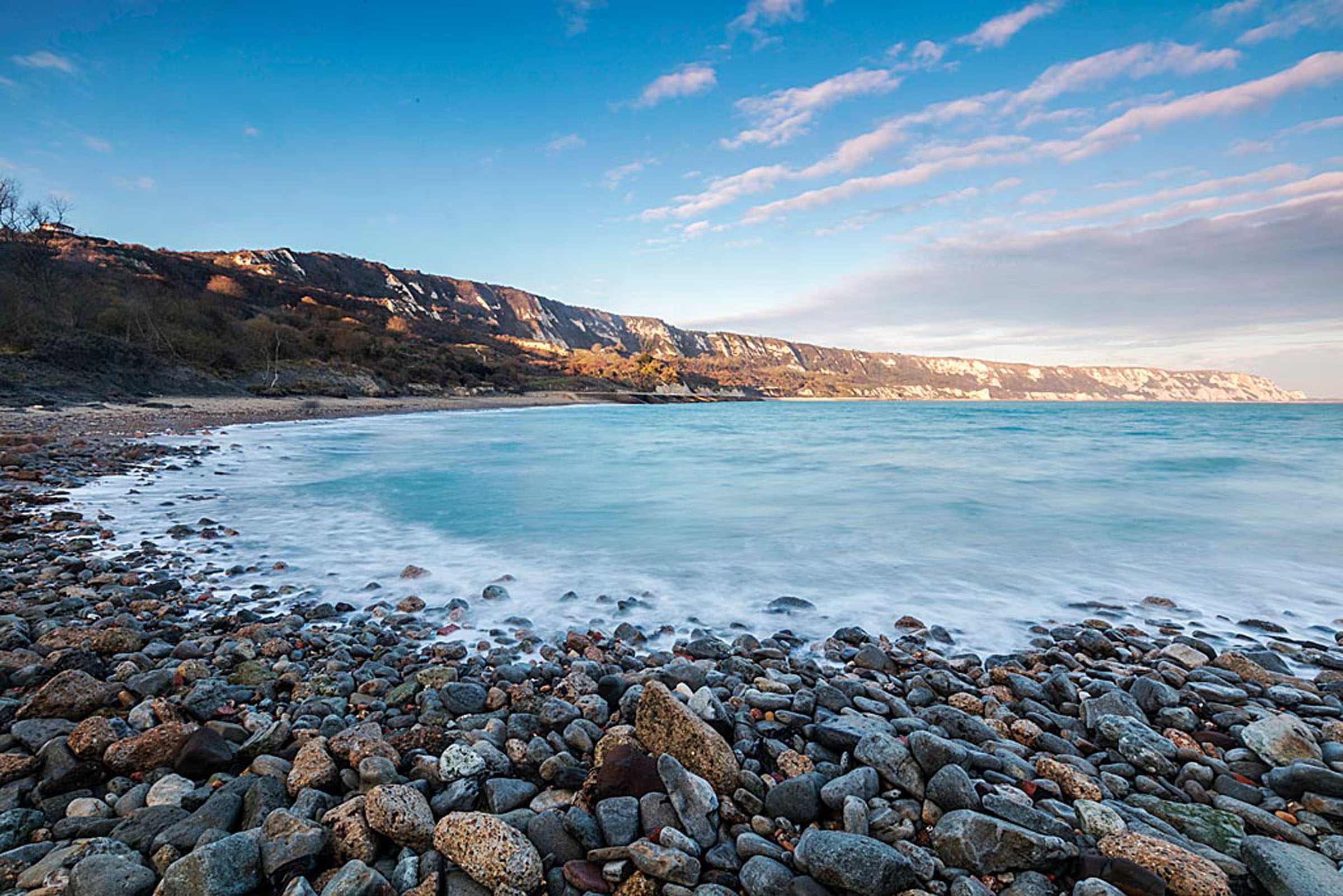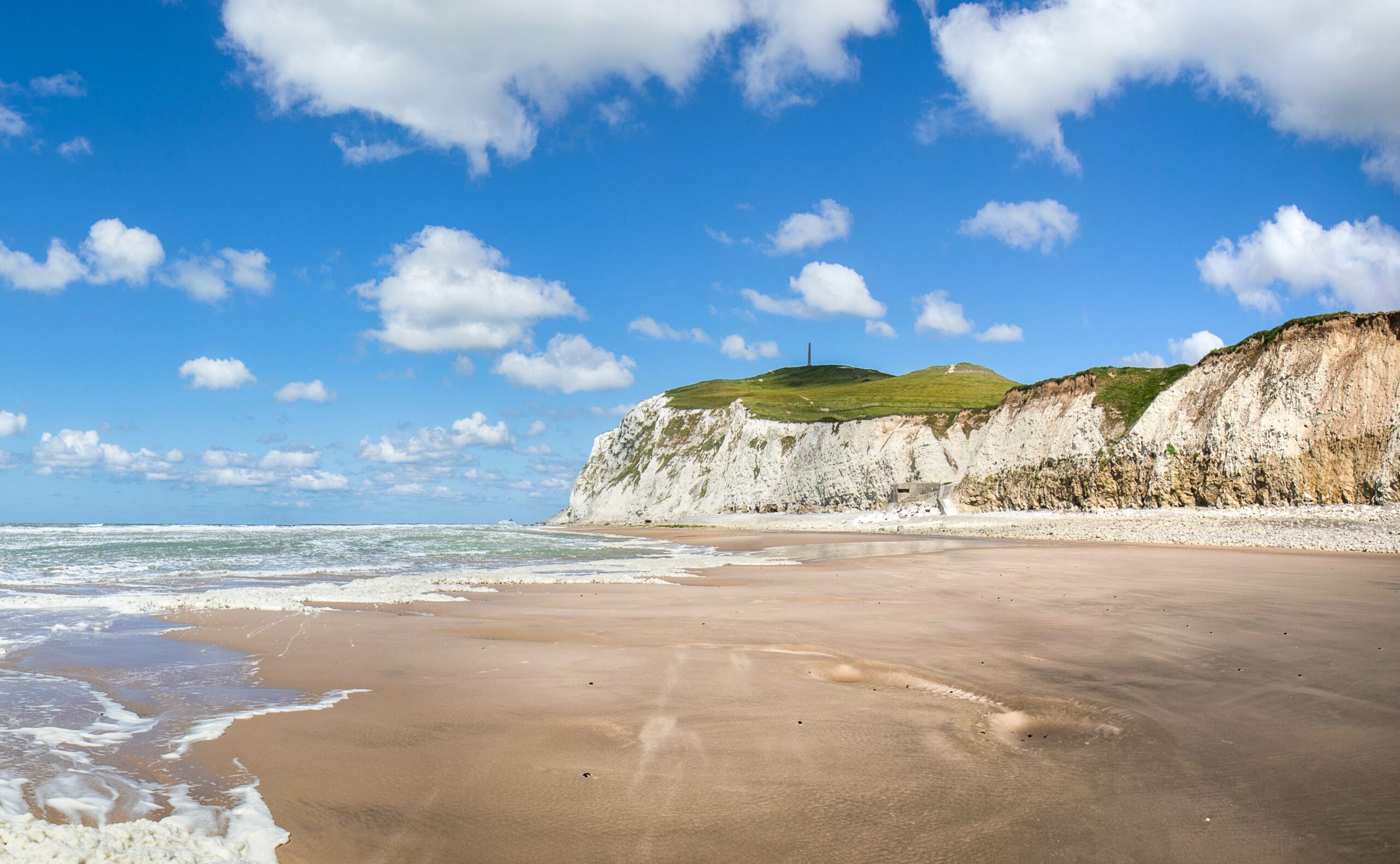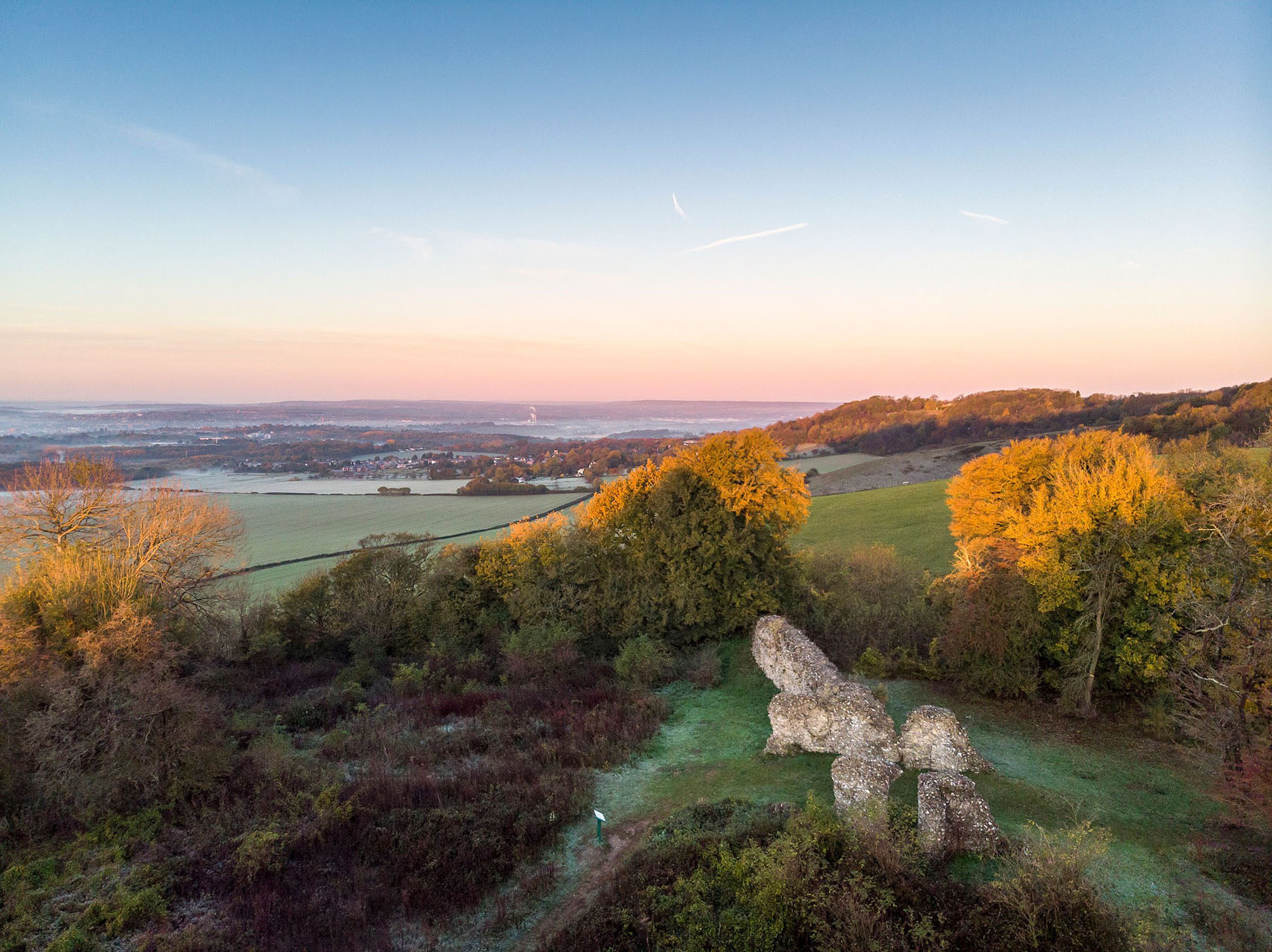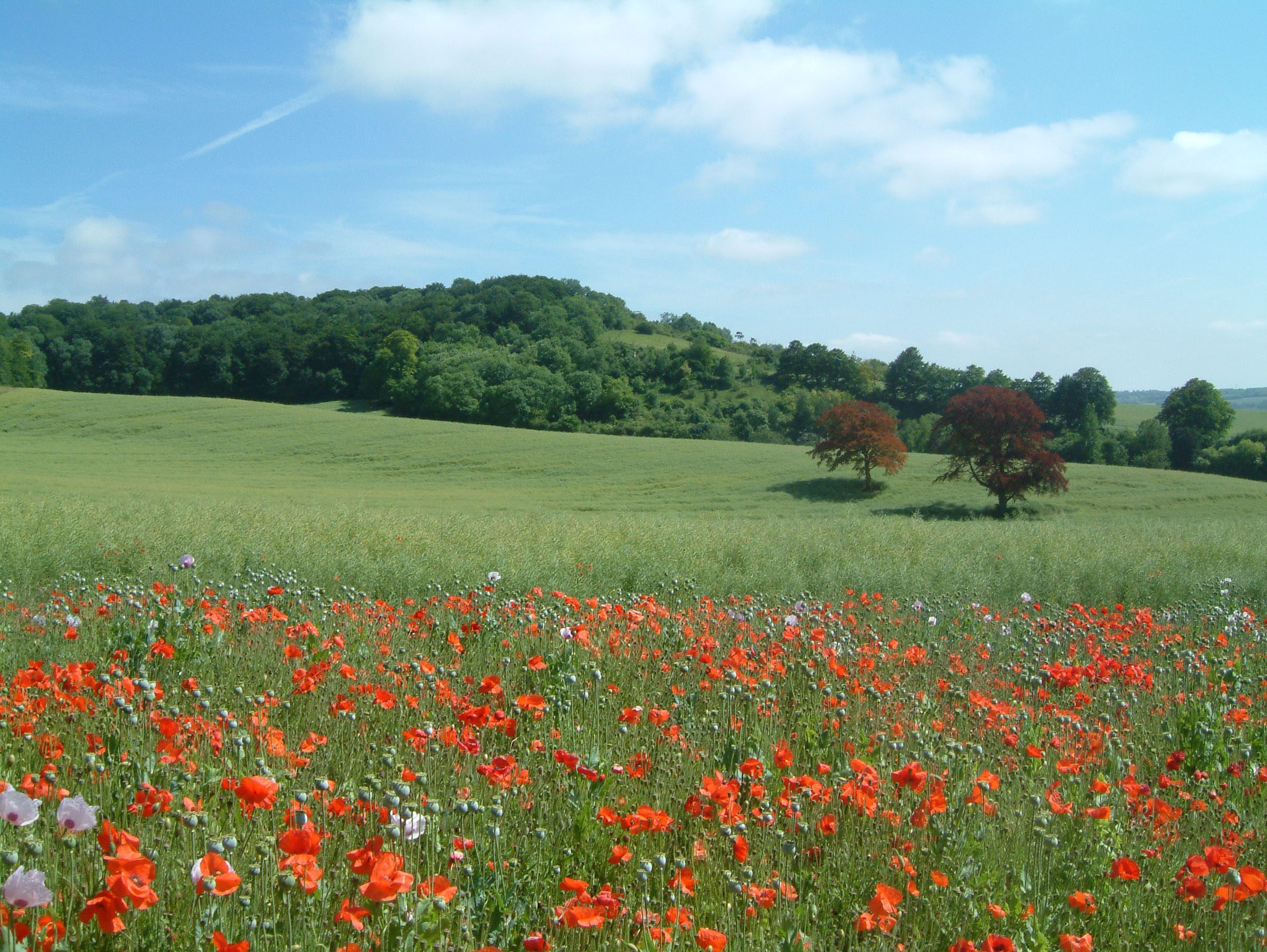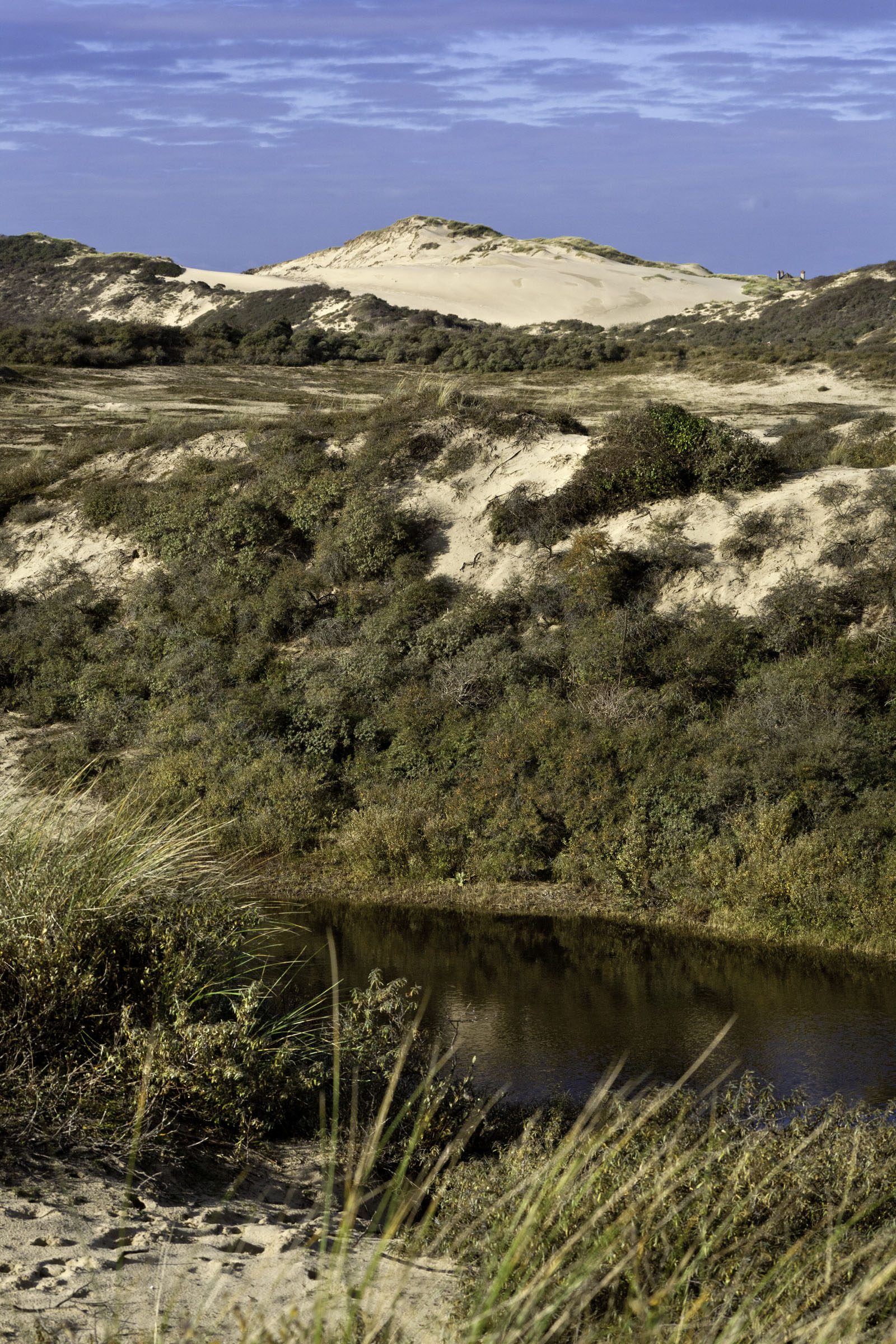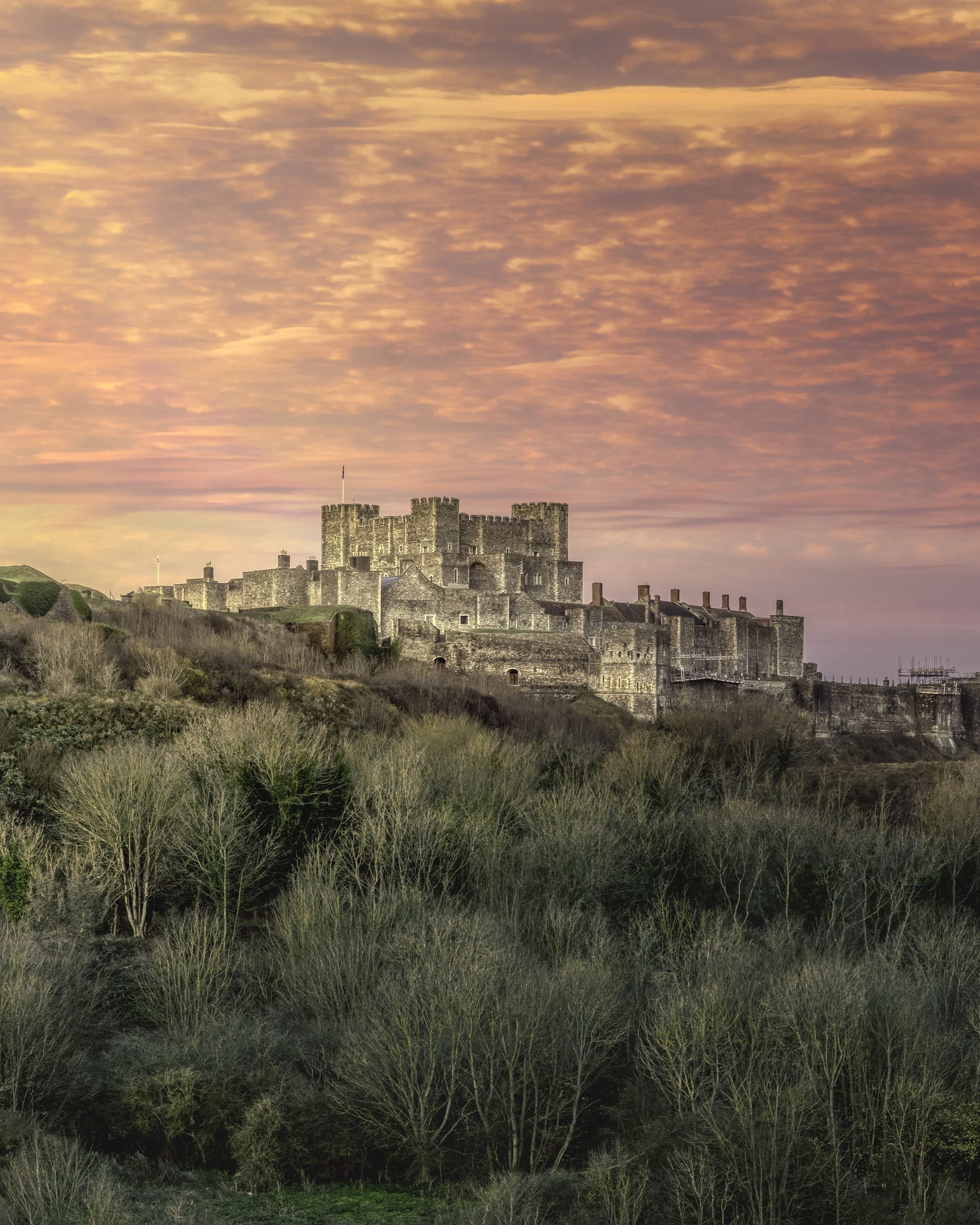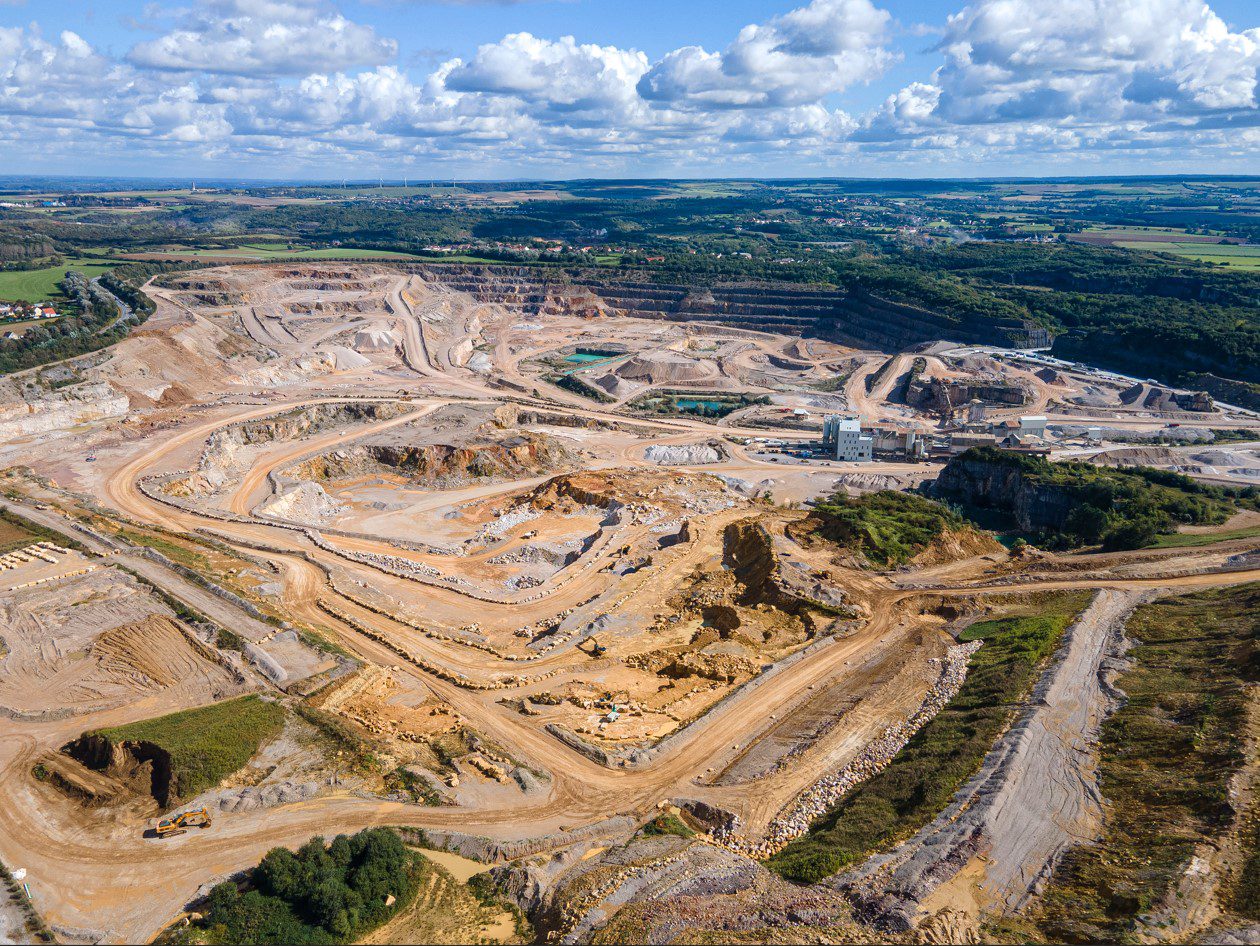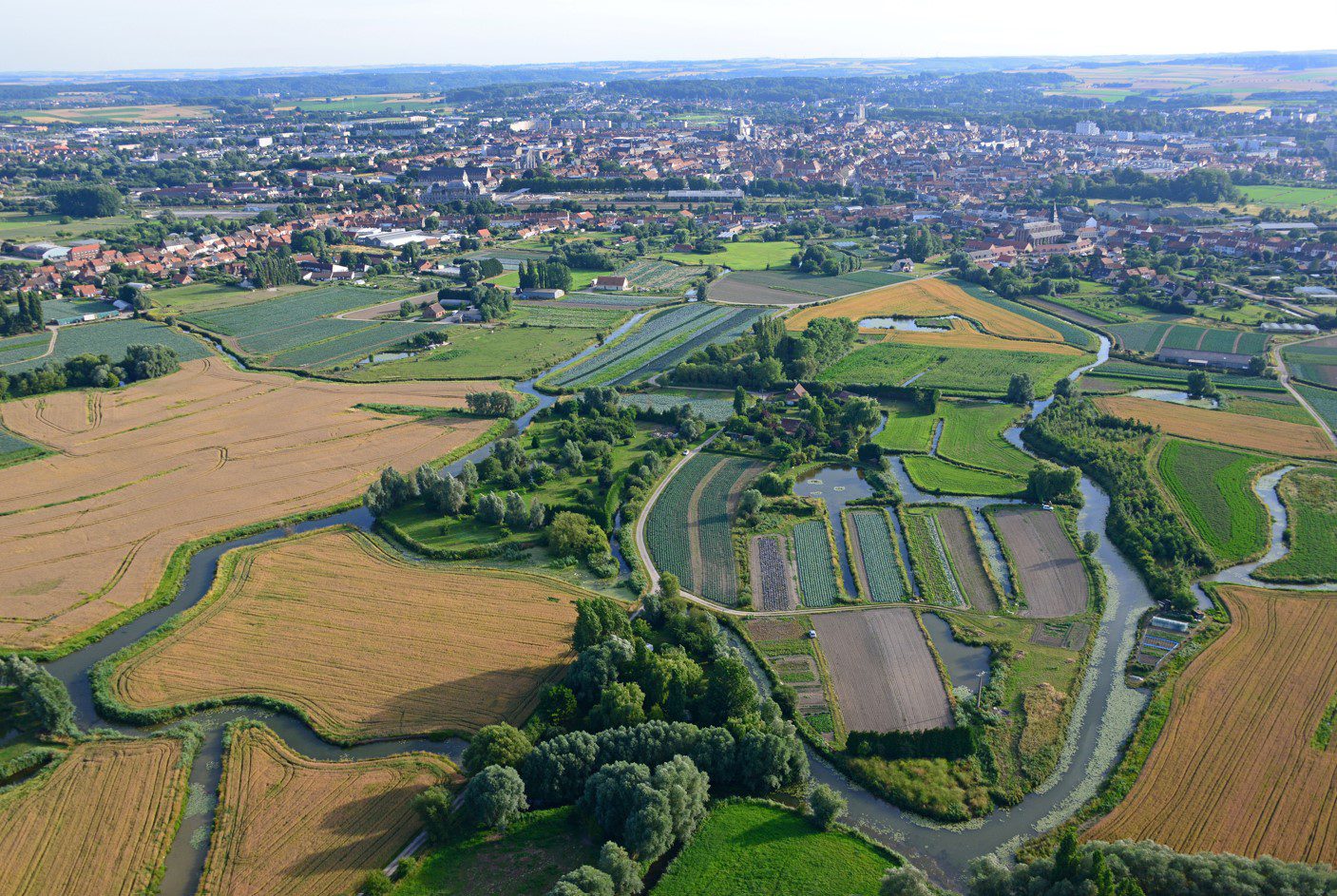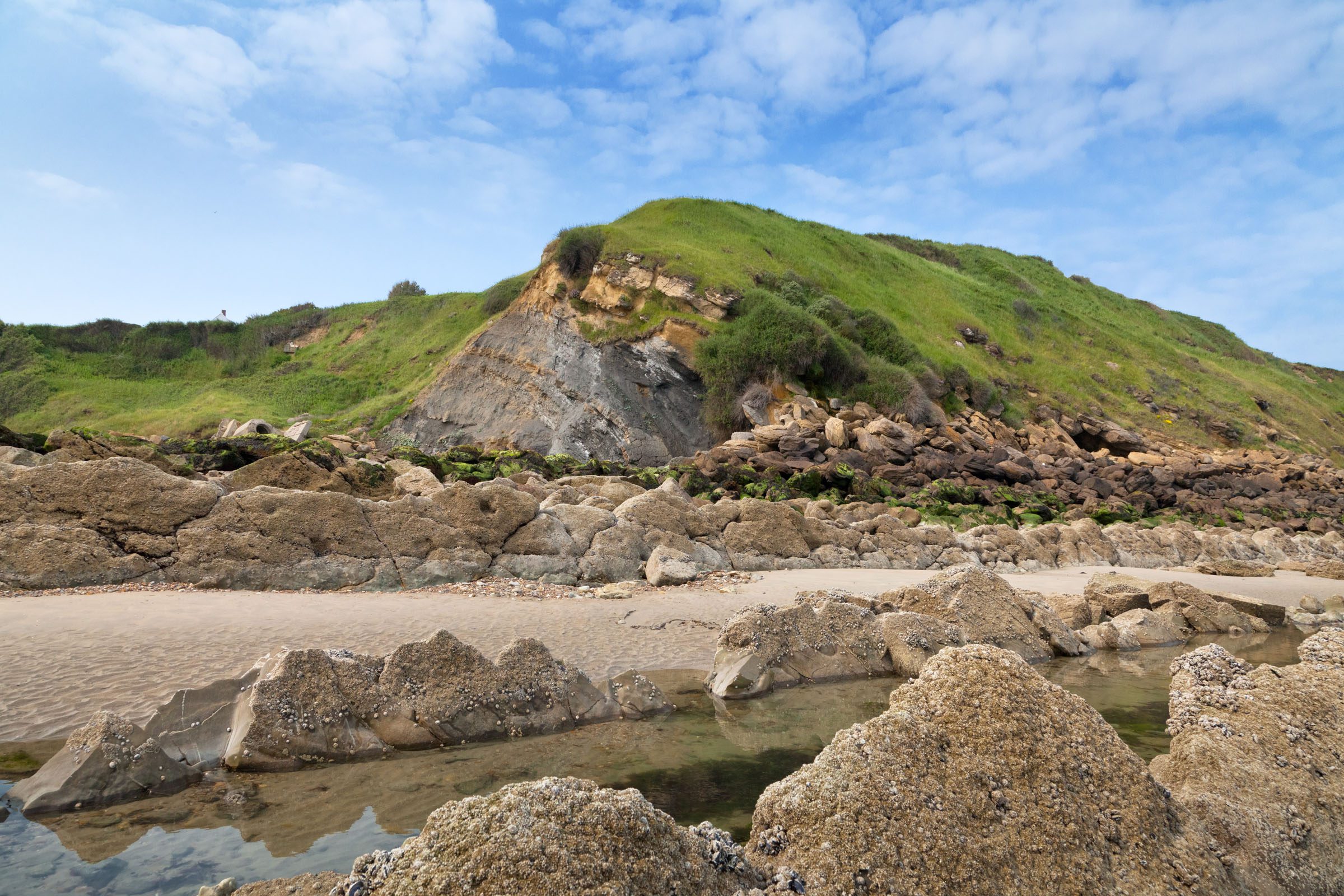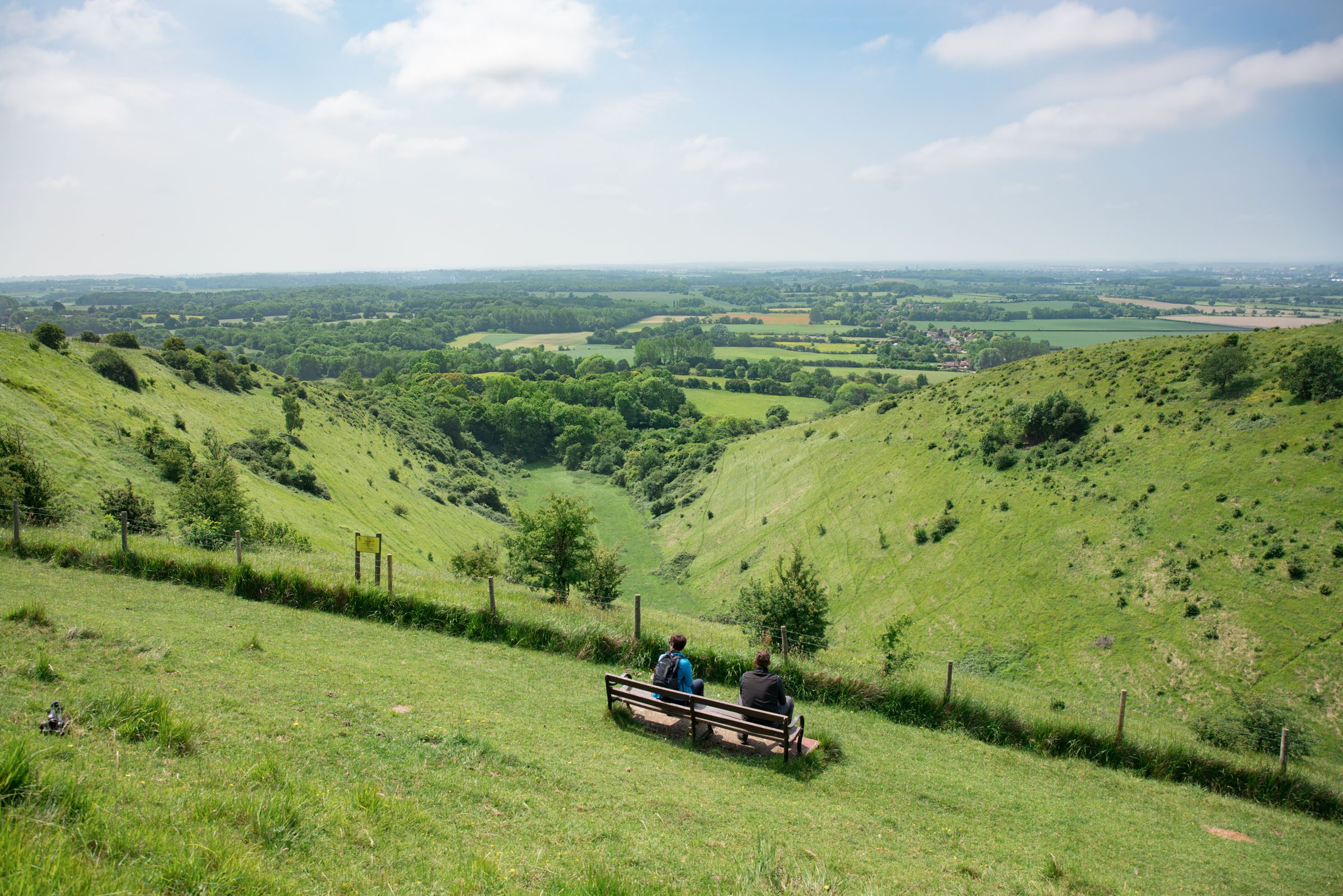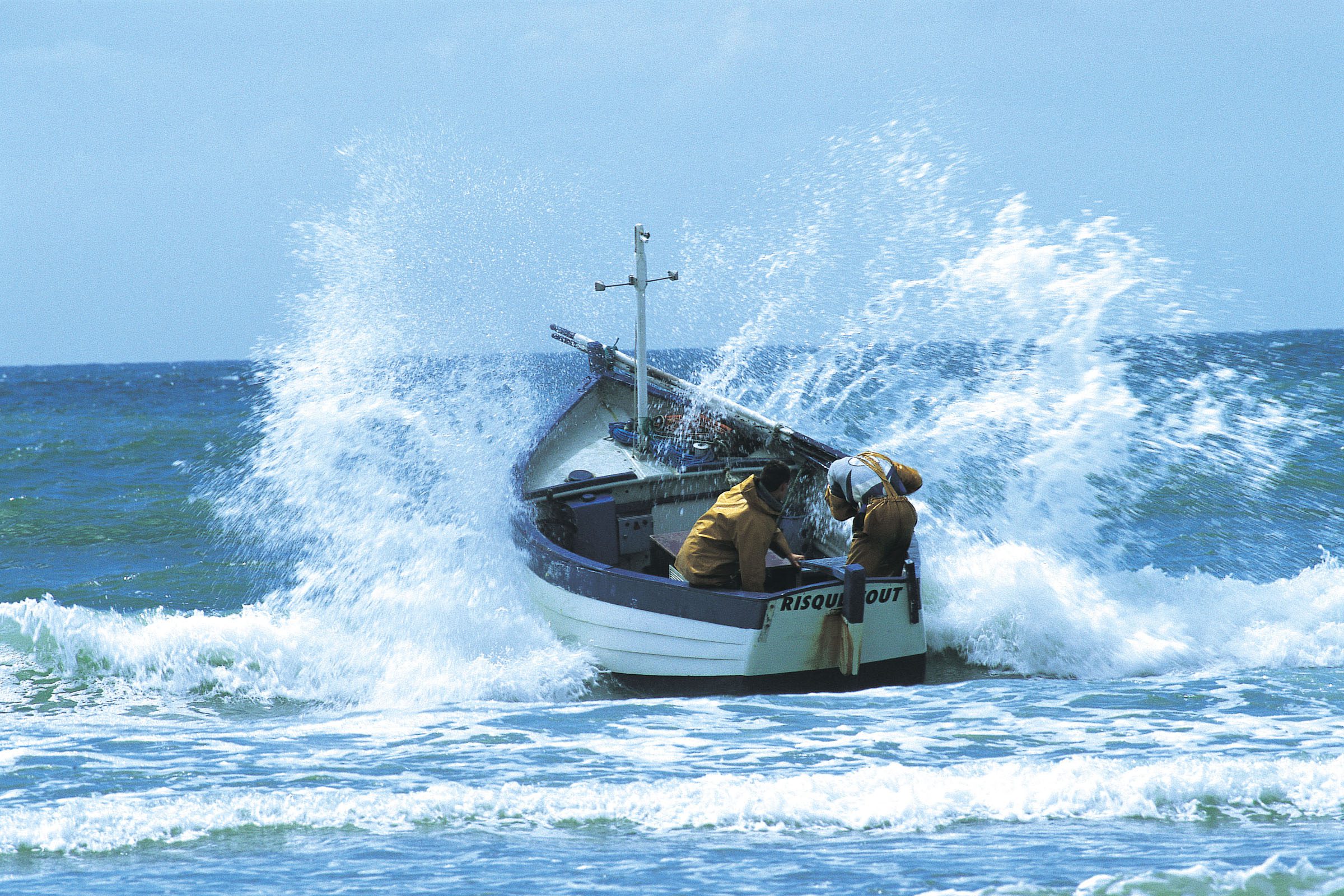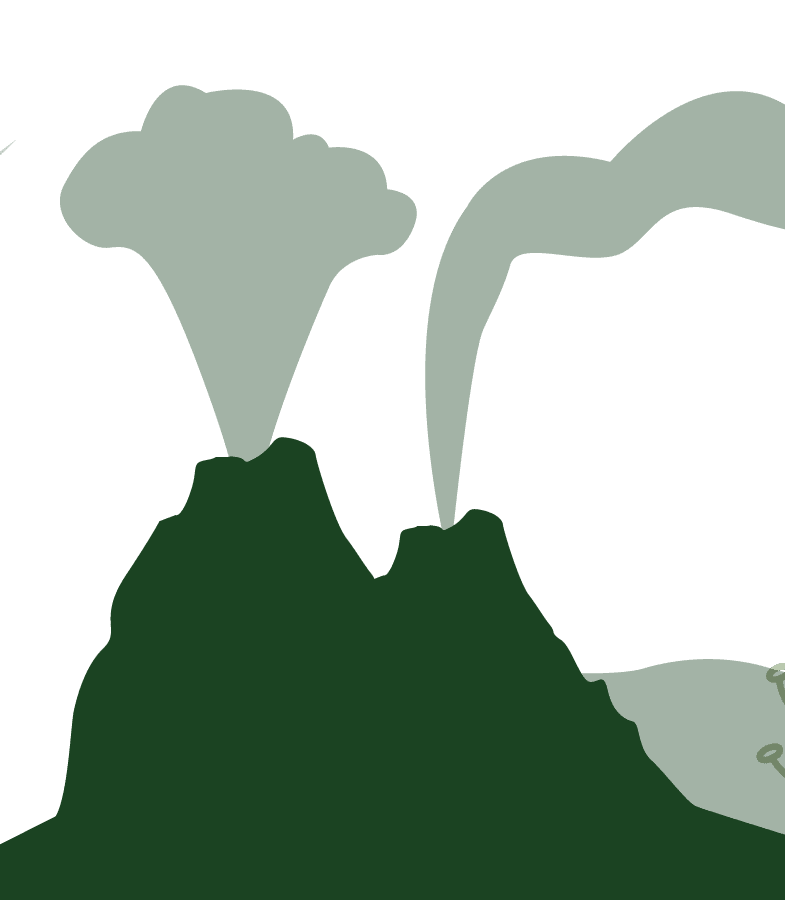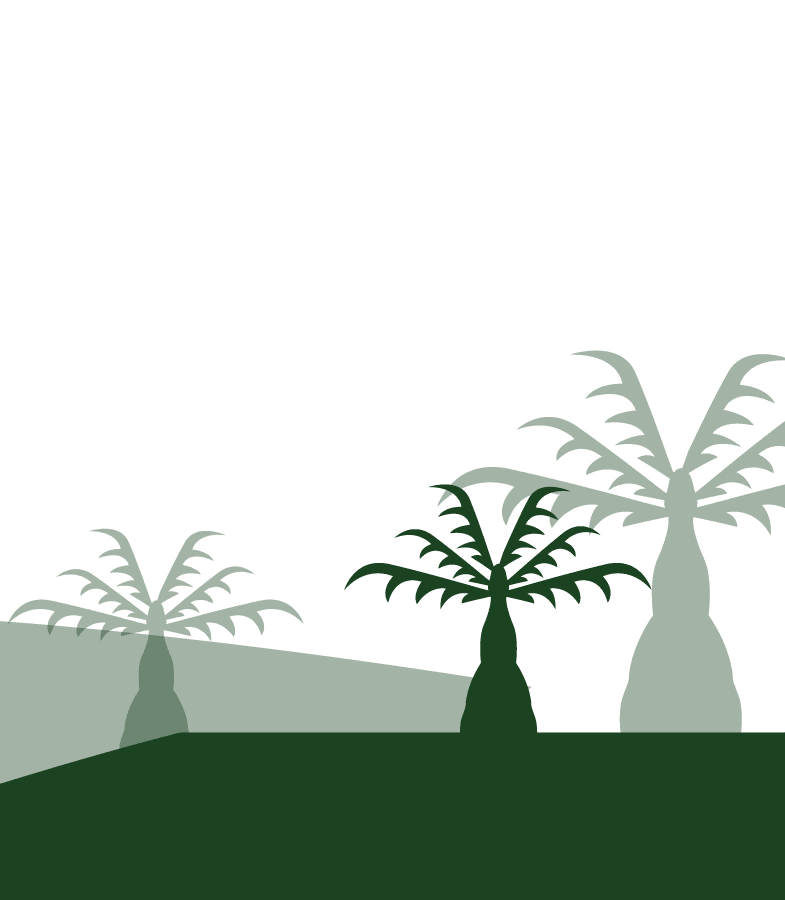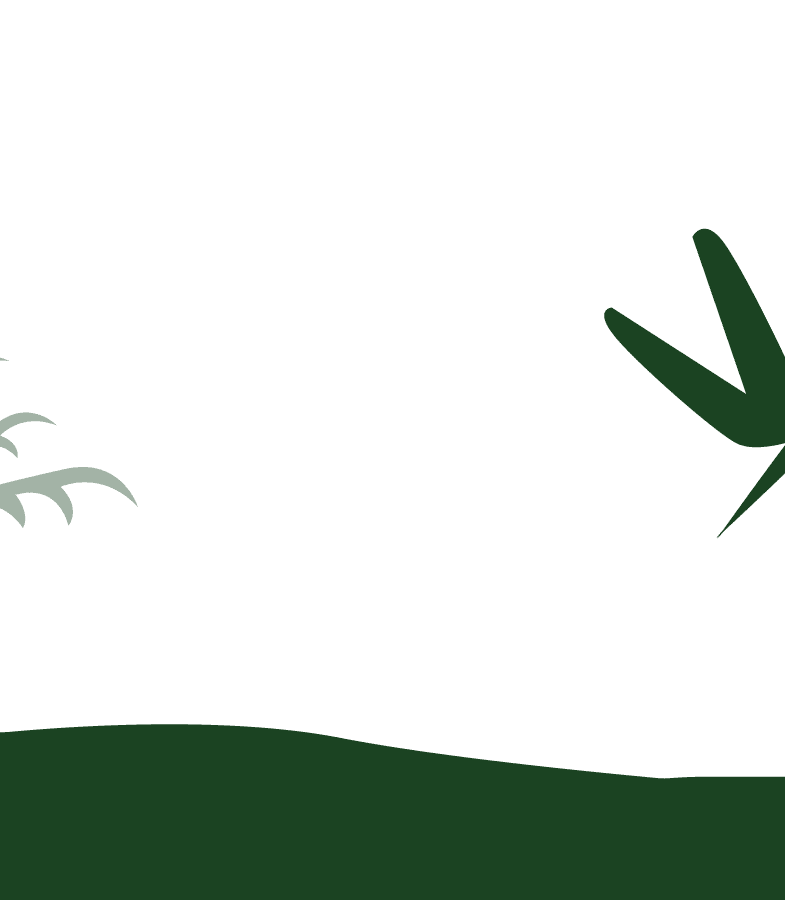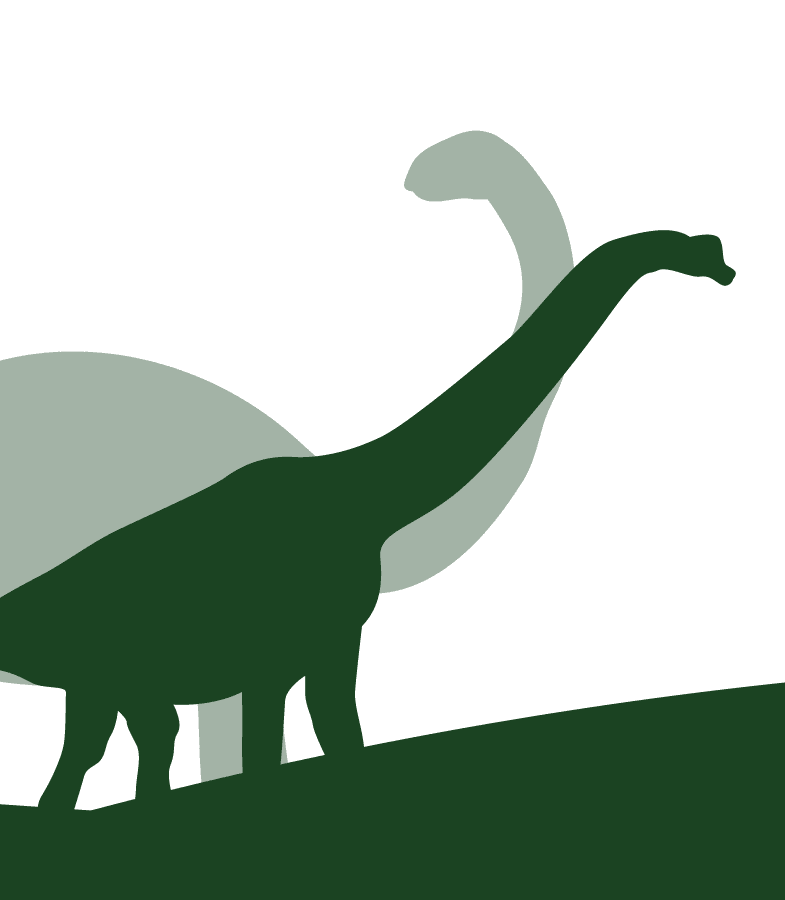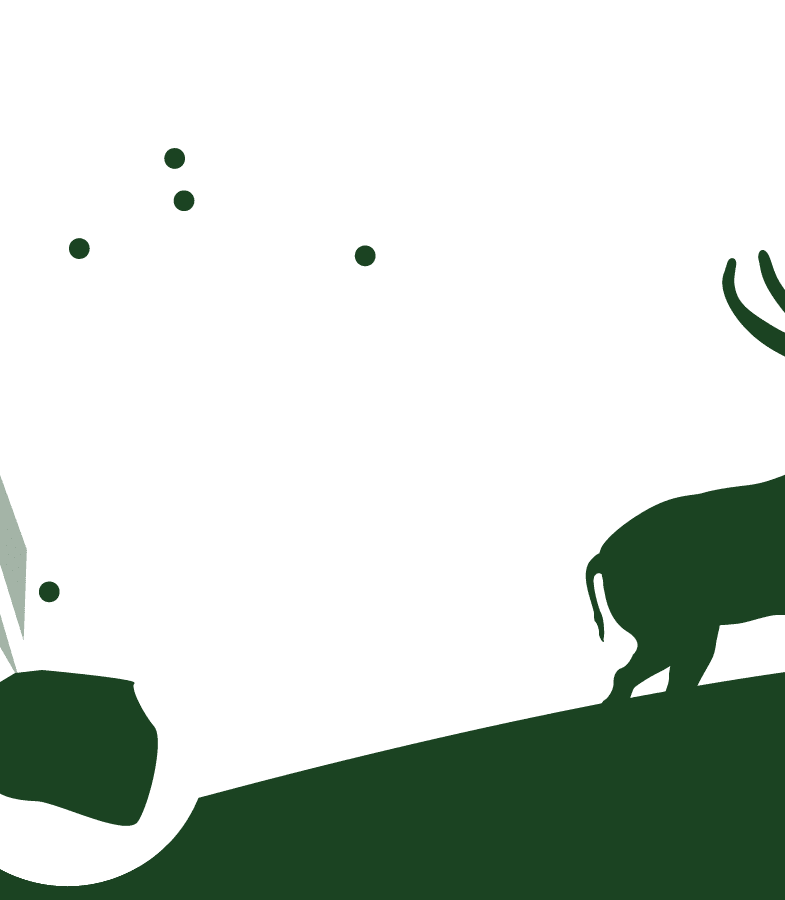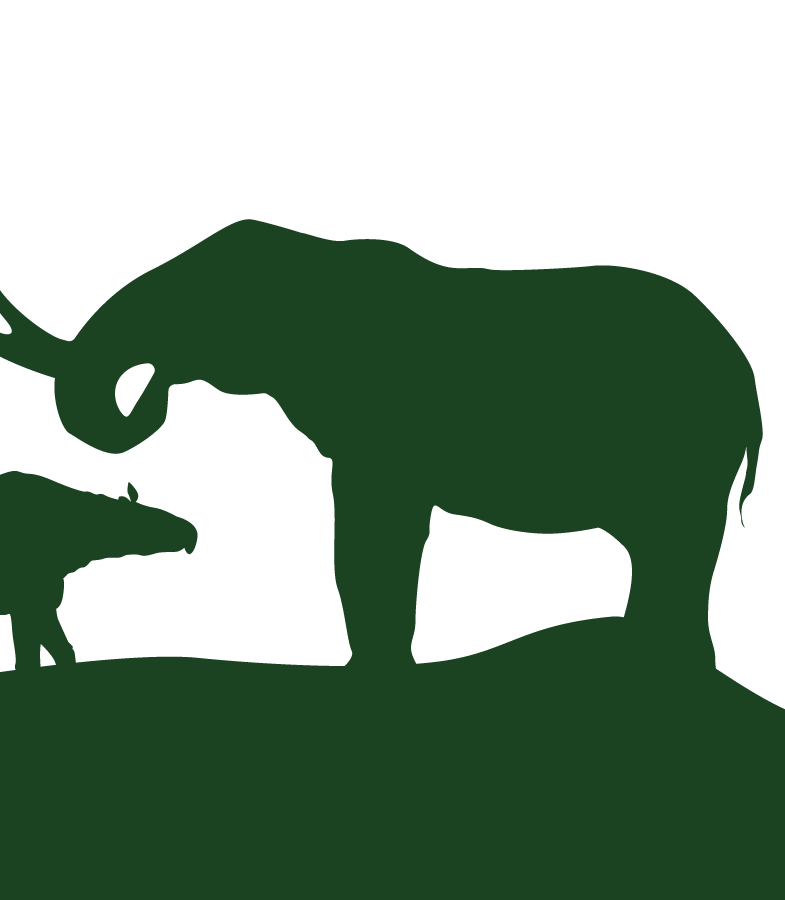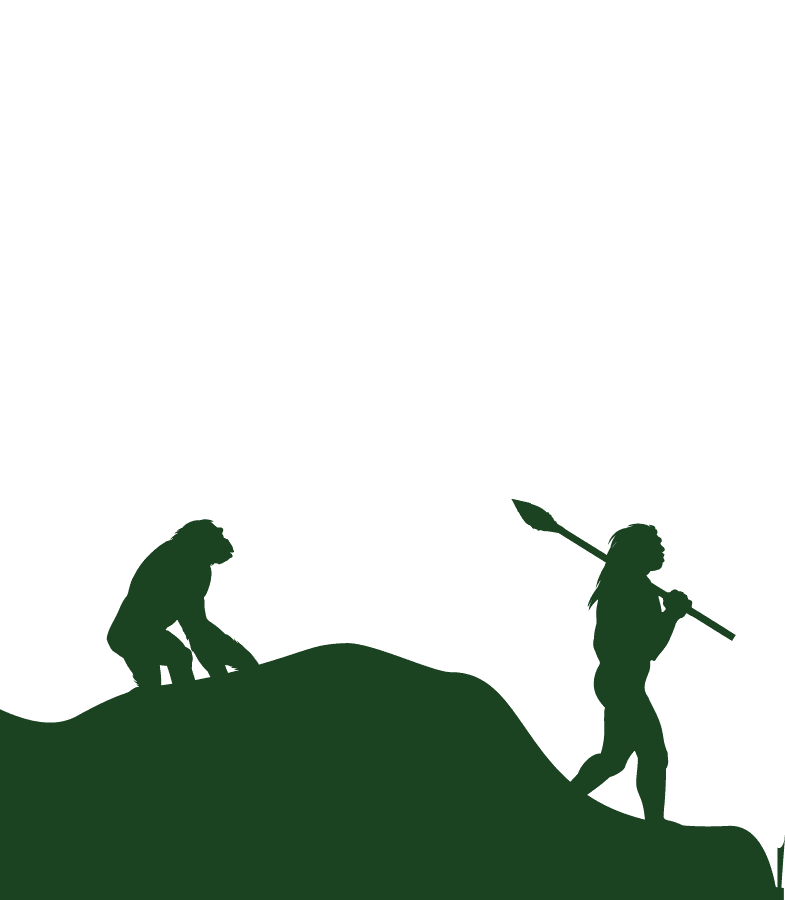Our story
Welcome to the Cross-Channel Geopark
Discover a world where geology and culture meet across borders, linking the beautiful landscapes of southern England and northern France. The Cross-Channel Geopark offers a unique opportunity to explore a landscape shaped over millions of years, shared by two nations. From ancient chalk cliffs to vibrant local communities, this is a place where natural beauty, history, and human connections come together in harmony.
What is the Cross-Channel Geopark?
The Cross-Channel Geopark is a cross-border partnership between the Kent Downs National Landscape and the Caps et Marais d’Opale Regional Nature Park that celebrates the geological, cultural, and historical ties between Kent in the UK and Pas-de-Calais in France.
Together, these regions form a single, remarkable landscape connected by a common geological story and shared heritage. We’re committed to protecting and enhancing our heritage while promoting sustainable tourism and fostering cultural exchanges between our two nations.
We are in the process of applying for UNESCO Global Geopark status—a prestigious recognition that celebrates areas of international geological significance. Having a UNESCO designation would reinforce the importance of our geological heritage and ensure it’s protected for future generations, while bringing worldwide attention to this remarkable region.
Our Geological Story
The Cross-Channel Geopark immerses us in a geological history spanning 400 million years. In the Devonian and Carboniferous periods, the region was emerging, forming a mountain range where life abounded, as evidenced by the fossils discovered in the Marquise Quarry Basin.
Over time, this range eroded, and during the Jurassic period, shallow marine environments took over, giving rise to stunning sandstone and clay cliffs, such as those at Cap Gris Nez, which attract more than two million visitors each year.
During the Cretaceous period, a greenhouse effect submerged Europe under the Chalk Sea, forming vast chalk hills. In the Geopark, these hills stretch from the edge of London to south of Boulogne-sur-Mer, only interrupted by the Channel, where they form the famous white cliffs of Dover and the Cap Blanc-Nez (this Chalk still connects us underneath the sea!). Composed of the shells of microscopic plankton (such as coccolithophores), chalk is the rock that connects our two regions and forms iconic features of the landscape, illustrating the deep connection between land and sea, as well as between two nations.
The Formation of the English Channel
One of the most significant events in the geological history of the Geopark took place about 450,000 years ago, towards the end of the Anglian Ice Age, a time when the Geopark was the coldest it has ever been. The Geopark area sat just south of the furthest point that the glaciers and ice sheet reached. A huge glacial lake had formed between the ice to the north, land masses to the east and west, and a ridge of chalk hills forming a dam to the south. The chalk hills acted as a land bridge that humans and animals could move across.
Eventually, the lake burst through the land bridge completely (as it did so it carved out 80m deep plunge pools in the solid rock that is now the seafloor!). This massive flood formed what we now know as the Channel, separating Britain and Europe. The submerged chalk ridge beneath the Channel is a reminder of this ancient land bridge, offering a unique geological link between the two coasts.
Explore the Geopark’s Hidden Stories
The Cross-Channel Geopark is full of Geosites, places that highlight the geological, historical and cultural importance of our region. These Geosites offer a fascinating insight into the history of the Earth and the dynamic processes that have shaped this region. From fossil-rich cliffs to beautiful nature reserves and monuments built with local stone, each Geosite is a key part of the Geopark, telling a unique part of our shared history and illustrating how these processes have combined to shape our landscape and our lives.
What is a UNESCO Global Geopark?
UNESCO Global Geoparks are areas of international geological significance that promote the sustainable use of natural resources, conservation, education, and eco-tourism. At present, there are 177 UNESCO Global Geoparks in 46 countries and the list is growing. Geoparks are not just about protecting geology; they are about celebrating the connection between people, culture, and the landscape. In the Cross-Channel Geopark, we aim to use our shared geological story to bring communities together, foster cross-border collaboration, and inspire a deeper understanding of our natural heritage.
Our Geopark’s UNESCO application is not just about recognition; it’s about creating a lasting legacy. By achieving UNESCO status, we will ensure that the geological and cultural heritage of this region is protected and promoted, allowing future generations to learn from and enjoy the land that unites us.
Join Us on this Journey
Are you ready to discover the shared geological story of Kent and Pas-de-Calais? The Cross-Channel Geopark offers an unforgettable journey through time, connecting two regions through their natural beauty, history, and culture – all underpinned by our incredible, internationally significant geological heritage. Whether you’re fascinated by the dramatic cliffs, interested in the fossils they hold, or curious about the stories of the people who have lived in this landscape for thousands of years, there’s something here for everyone.
Join us as we work towards UNESCO Global Geopark status and help protect this incredible landscape for future generations. Your adventure across the Cross-Channel Geopark starts now—explore the land where geology and history unite!

